For knife enthusiasts, a blade may draw attention, but the handle often defines the knife’s true character and collectibility. A well-crafted handle isn’t just about function—it’s about artistry, history, and rarity. Collectors around the world pay close attention to the design, craftsmanship, and materials used, which can significantly increase a knife’s value.
So, what makes a knife handle collectible? Let’s break down the key features that separate everyday knives from prized collector’s pieces.
What Makes a Knife Handle Collectible? Key Features That Define Value
1. Rare and Exotic Materials
One of the most defining aspects of a collectible knife handle is the material. While common knives use wood, plastic, or rubber, collectible handles are often made from rare, luxurious, or historically significant materials.
-
Exotic woods (ebony, desert ironwood, cocobolo)
-
Natural materials (stag, bone, horn, mother-of-pearl, ivory—where legal and ethically sourced)
-
Metals (silver, brass, Damascus steel inlays)
-
Modern composites (carbon fiber, micarta with custom finishes)
Collectors value uniqueness, so the rarer the material, the higher the potential value.
2. Craftsmanship and Handwork
A collectible knife handle is rarely mass-produced. Instead, it’s shaped, carved, or inlaid by skilled artisans.
-
Hand-carving or engraving adds uniqueness and artistry.
-
Inlays of gemstones, precious metals, or mosaics showcase craftsmanship.
-
Fit and finish—the seamless transition between blade and handle—indicates high quality.
The more time and expertise invested in the handle, the more collectible it becomes.

3. Ergonomics and Design Innovation
While aesthetics matter, a collectible handle must also balance form and function. Collectors often value handles that:
-
Feature unique ergonomic designs ahead of their time.
-
Incorporate historical or cultural motifs.
-
Showcase innovative techniques, such as hidden tang construction or folding mechanisms.
Handles that introduced new design trends often become highly collectible pieces.
4. Historical or Cultural Significance
A knife handle tied to history always holds more value. This could include:
-
Handles from specific military eras or battles.
-
Knives used by renowned craftsmen or brands with legacy status.
-
Culturally symbolic handles (tribal carvings, ceremonial designs, traditional motifs).
Collectors look for the story behind the handle as much as the knife itself.
5. Limited Editions and Custom Work
Another major factor is rarity. Limited runs, one-of-a-kind customs, or collaborations with well-known makers greatly increase value.
-
Numbered editions add exclusivity.
-
Maker’s mark or signature proves authenticity.
-
Custom orders designed for specific clients can become highly desirable.
A knife handle that exists in only a handful of examples is far more collectible than one available in mass quantities.
6. Condition and Preservation
Just like coins or watches, condition matters. A collectible knife handle should ideally be:
-
Free from cracks, chips, or excessive wear.
-
Properly stored to avoid drying, rust, or fading.
-
Accompanied by original packaging or provenance.
Restoration can reduce value if not done professionally, so many collectors prefer original condition—even with light patina.
Final Thoughts
A collectible knife handle is more than just a grip—it’s a blend of rarity, craftsmanship, design, and history. Whether it’s made from exotic wood, adorned with silver inlays, or tied to a significant moment in history, the handle is often what transforms a functional knife into a treasured collector’s item.
For anyone interested in collecting, learning how to evaluate these features is the first step toward building a collection that not only holds value but also tells a story.

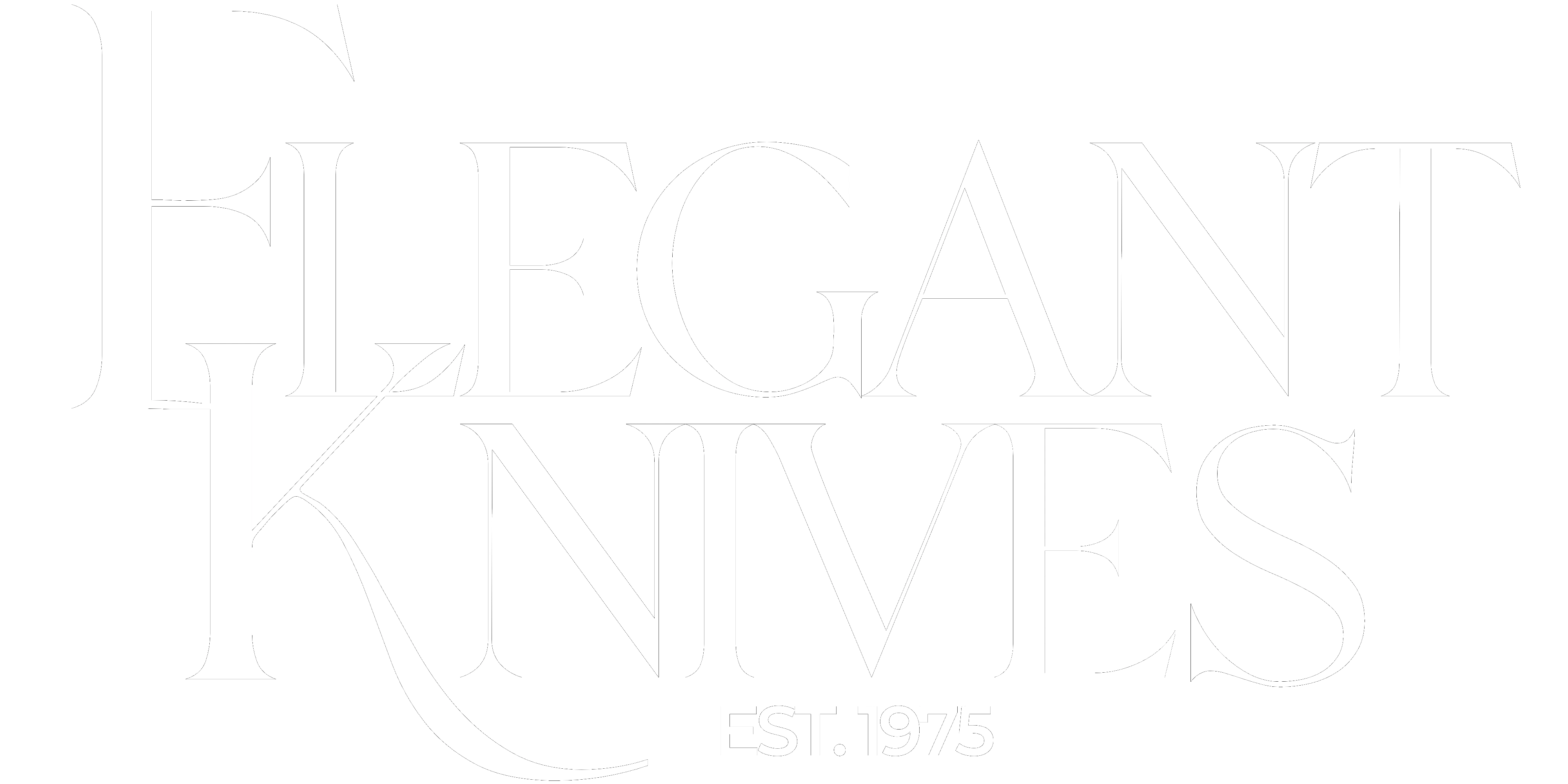

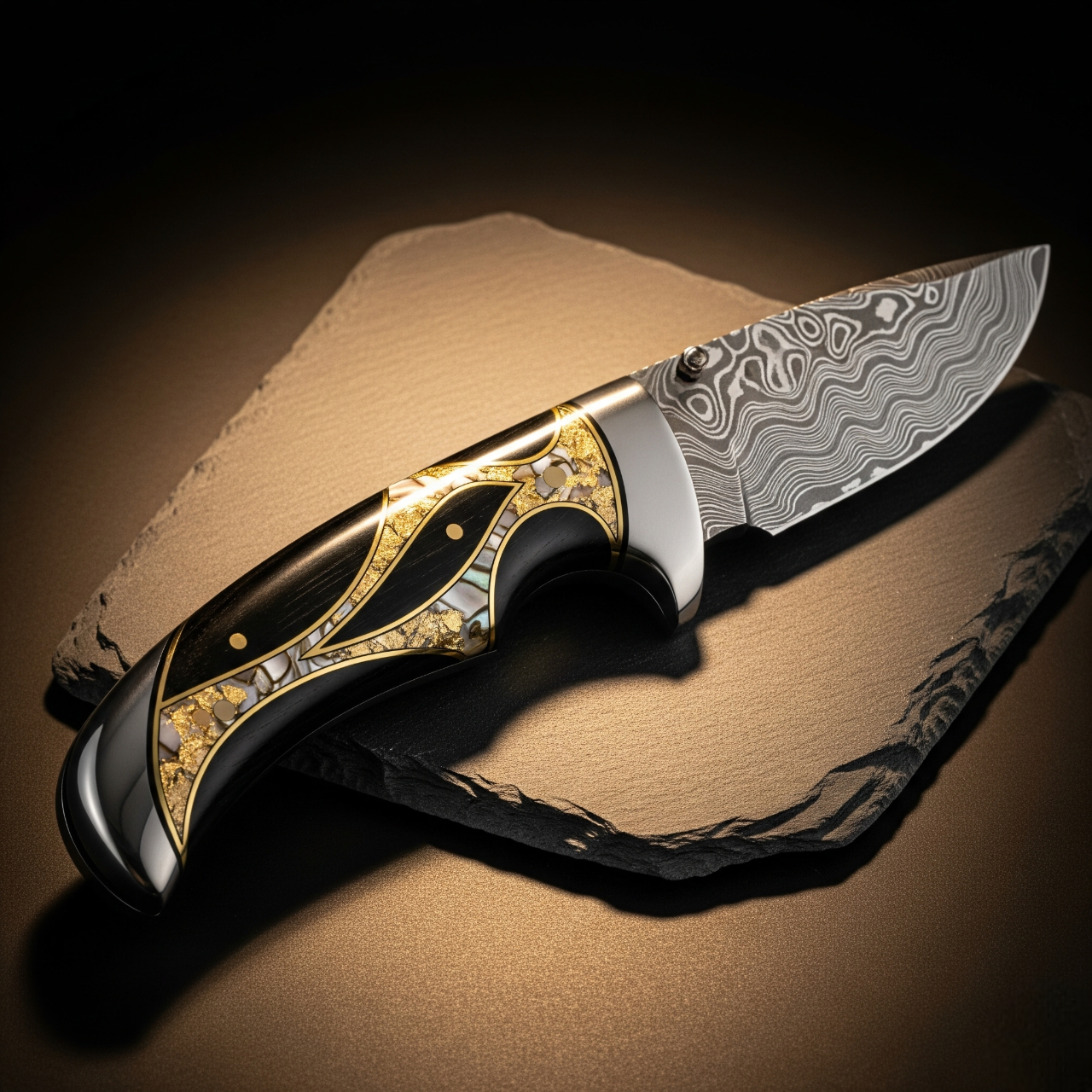
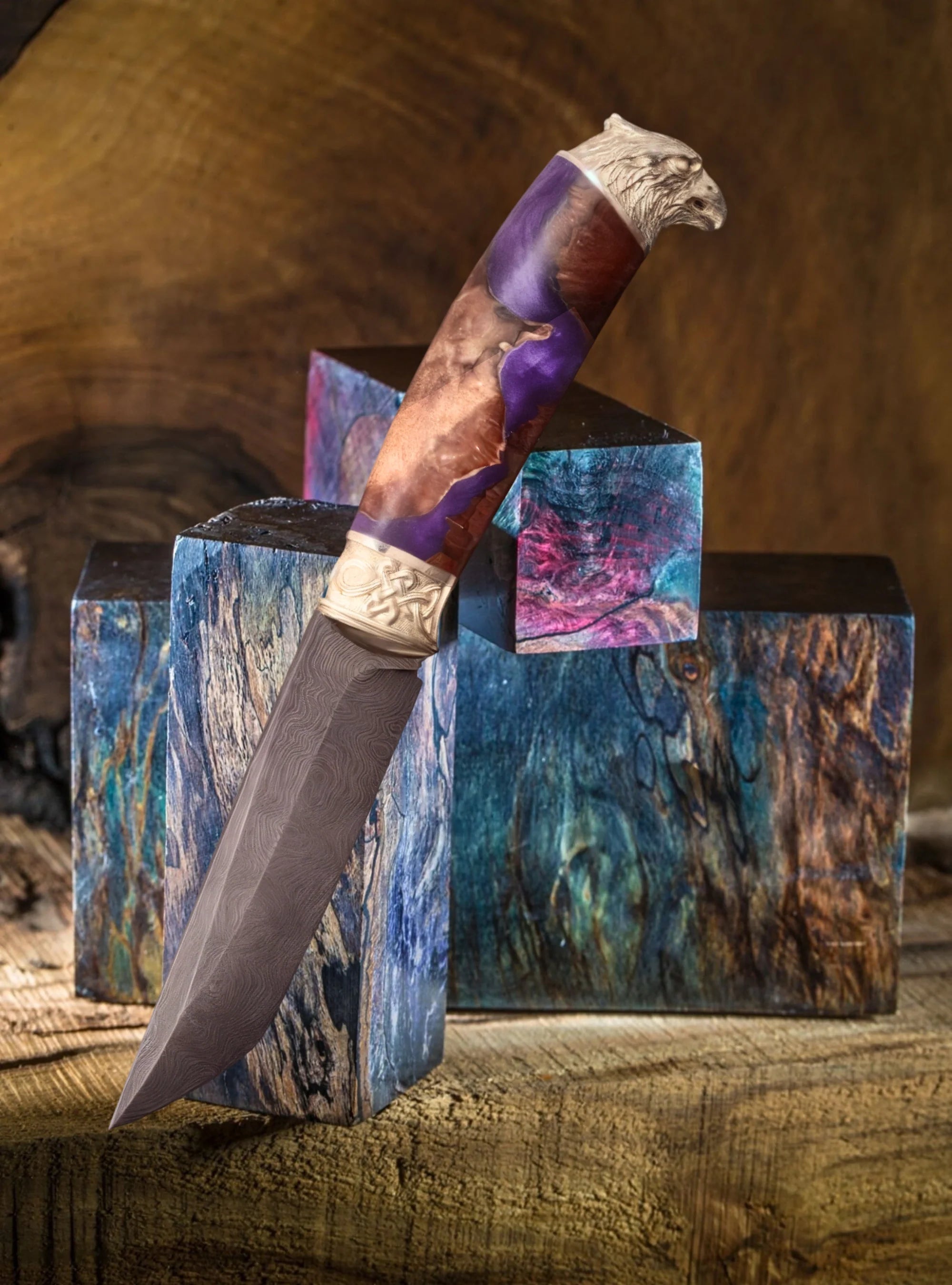
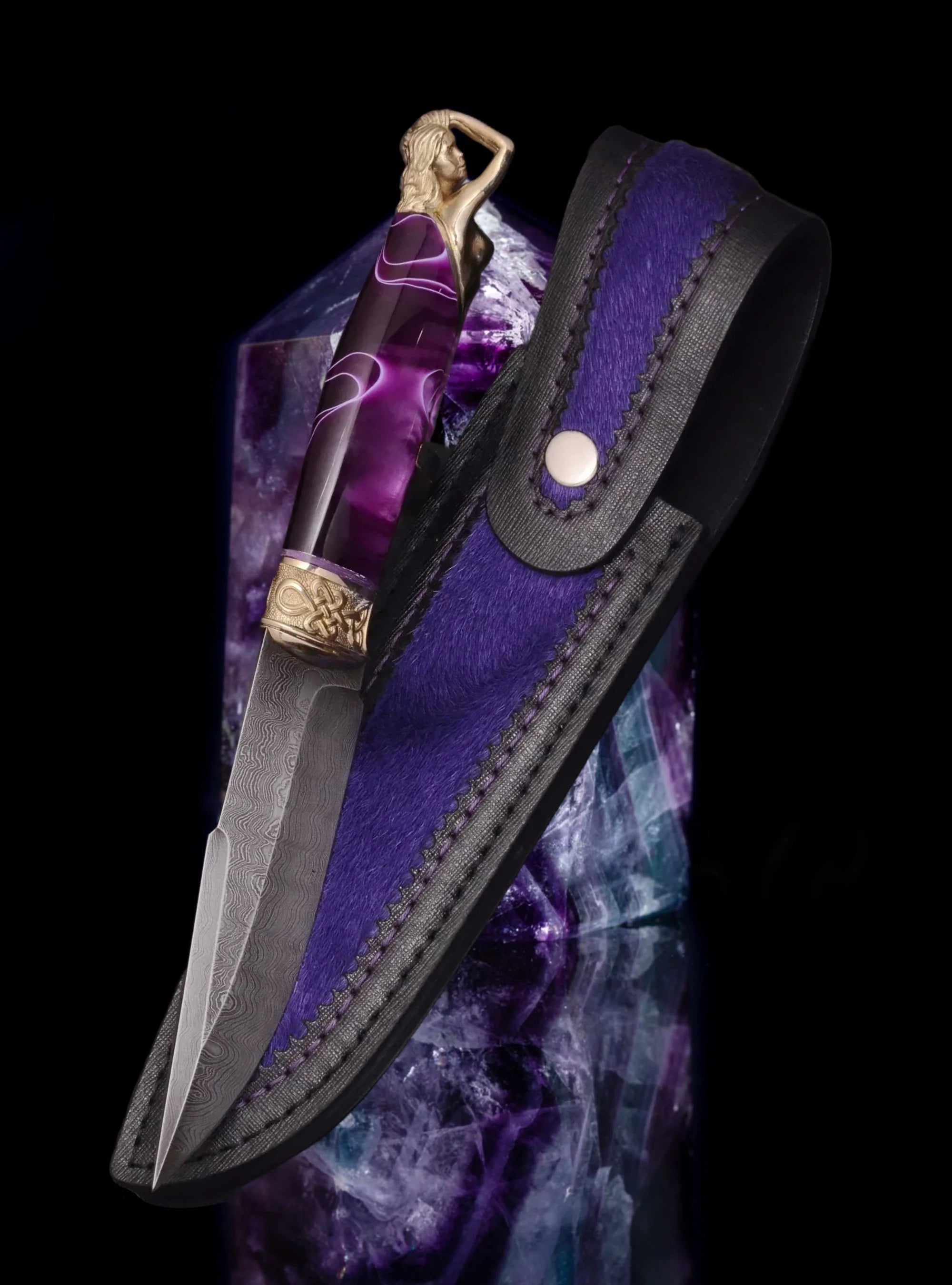
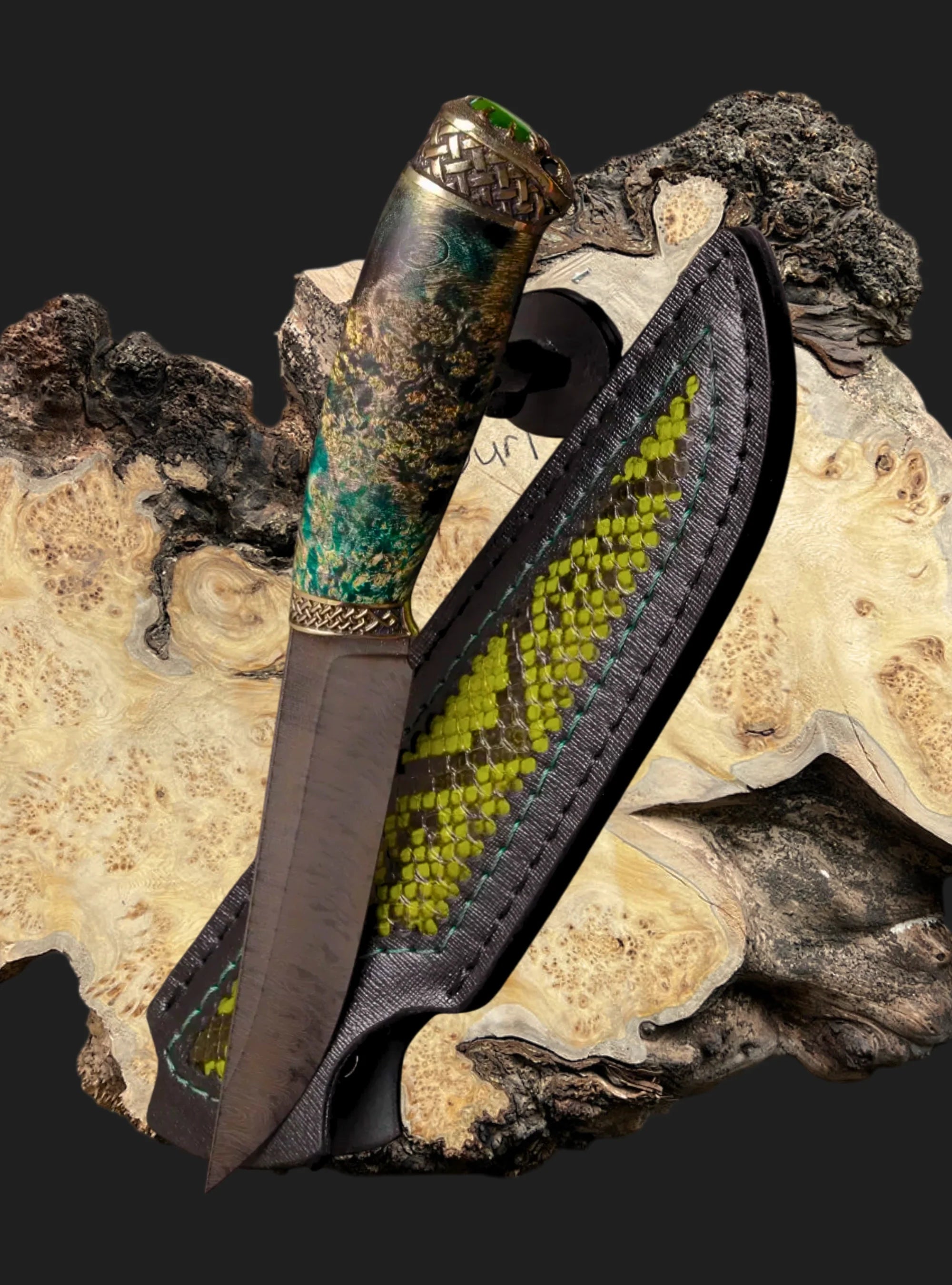
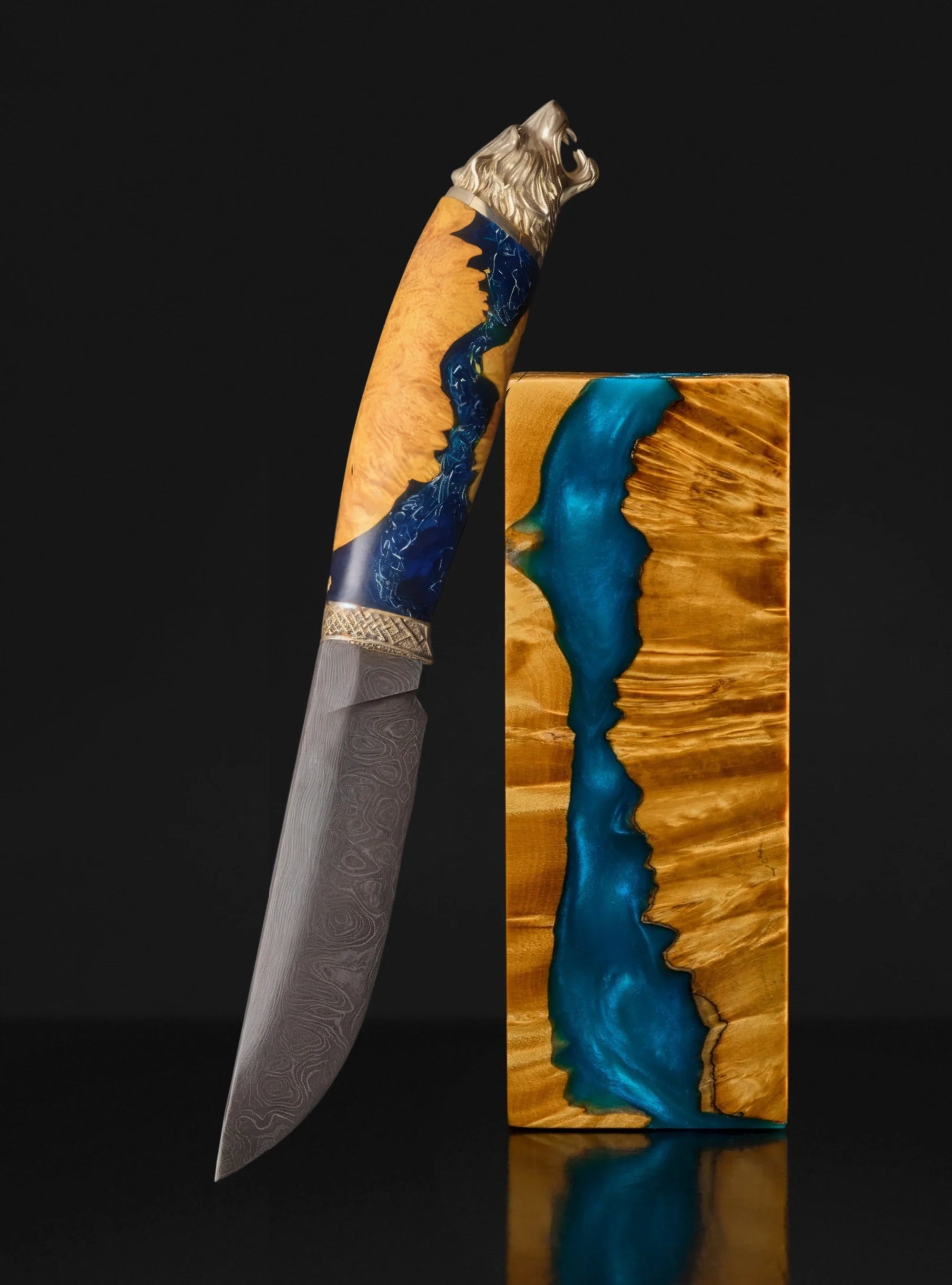
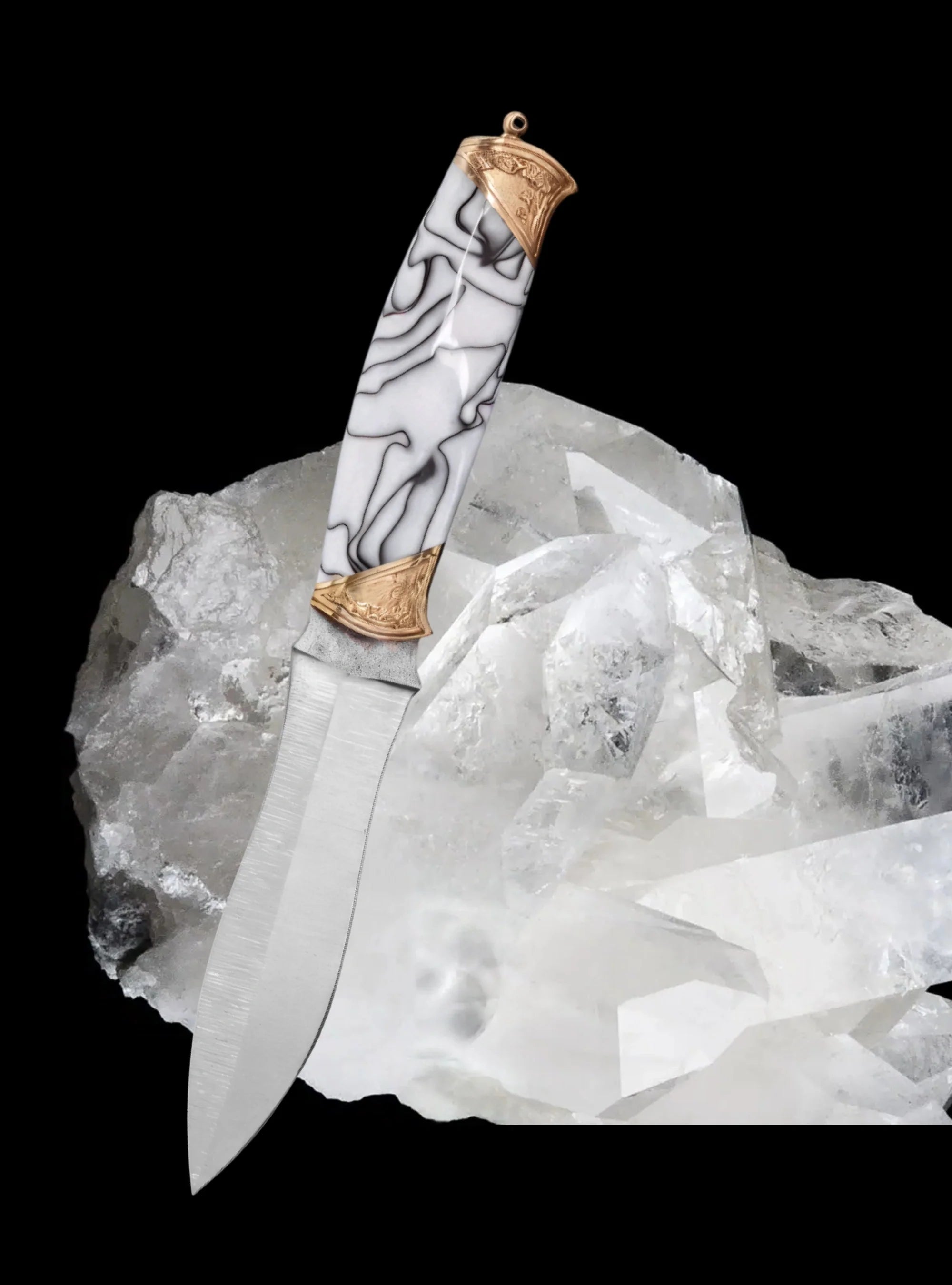
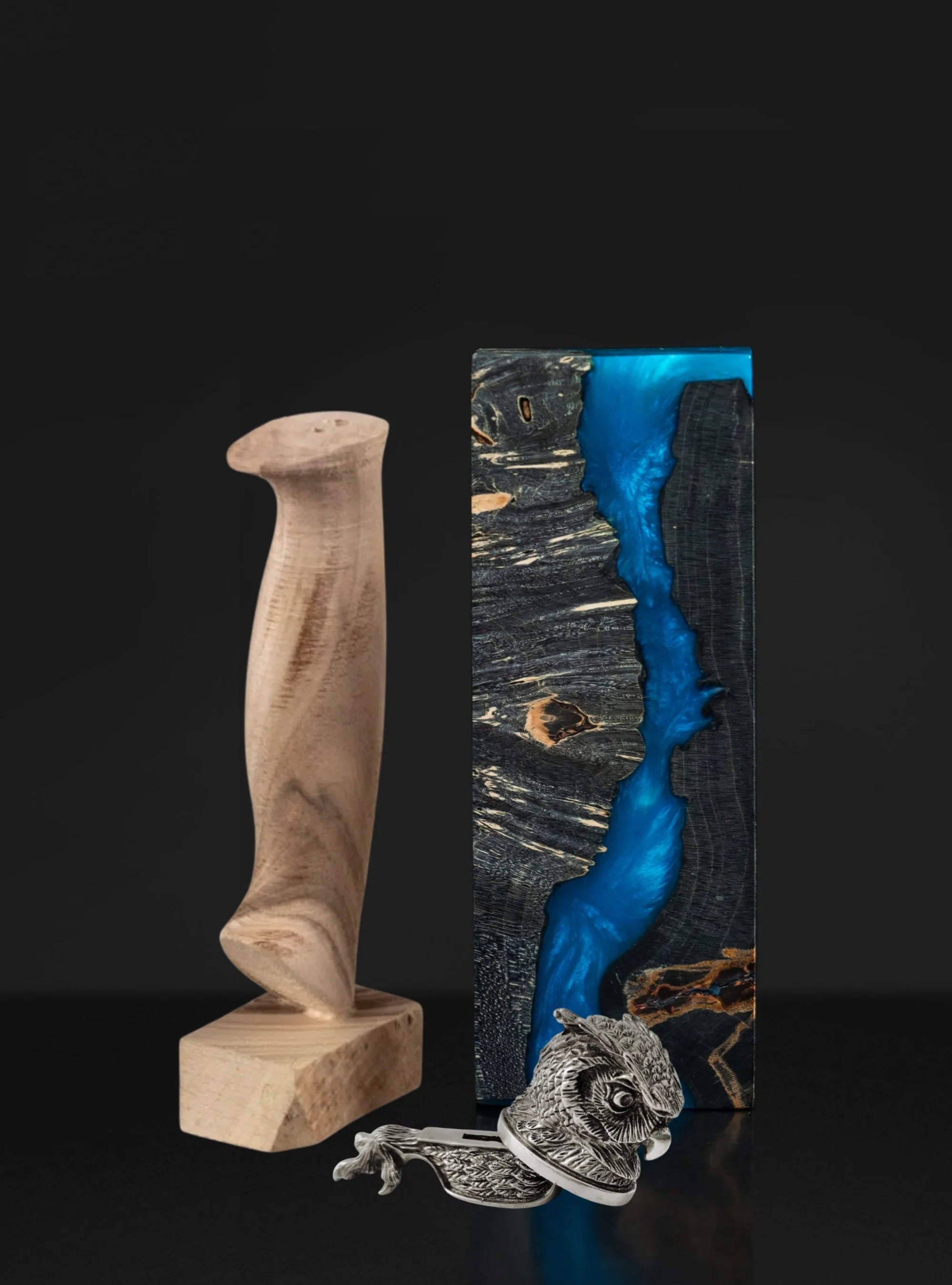
Share:
How to Pick a Handmade Knife That Holds Its Value as a Collectible?